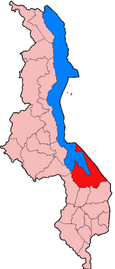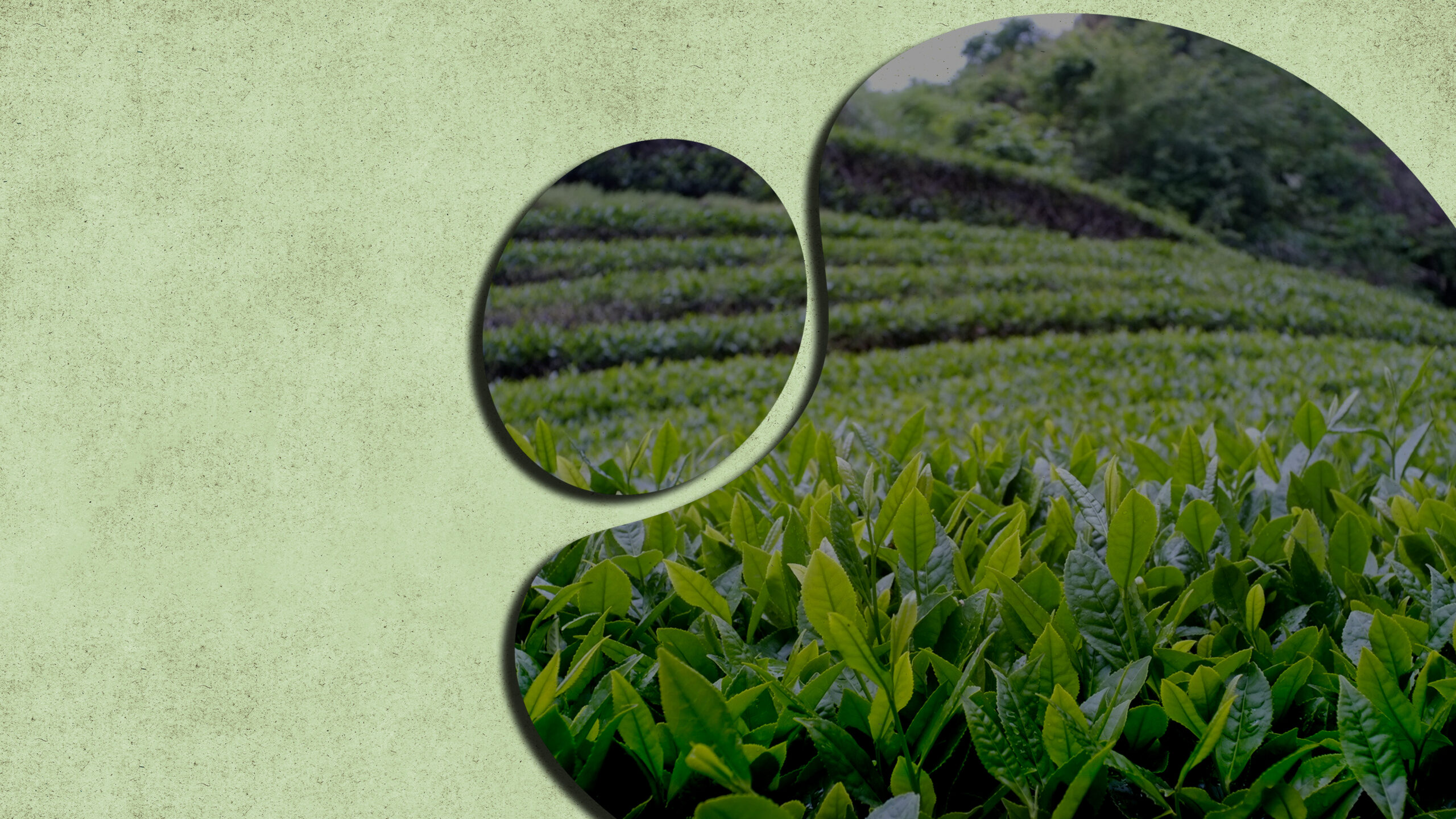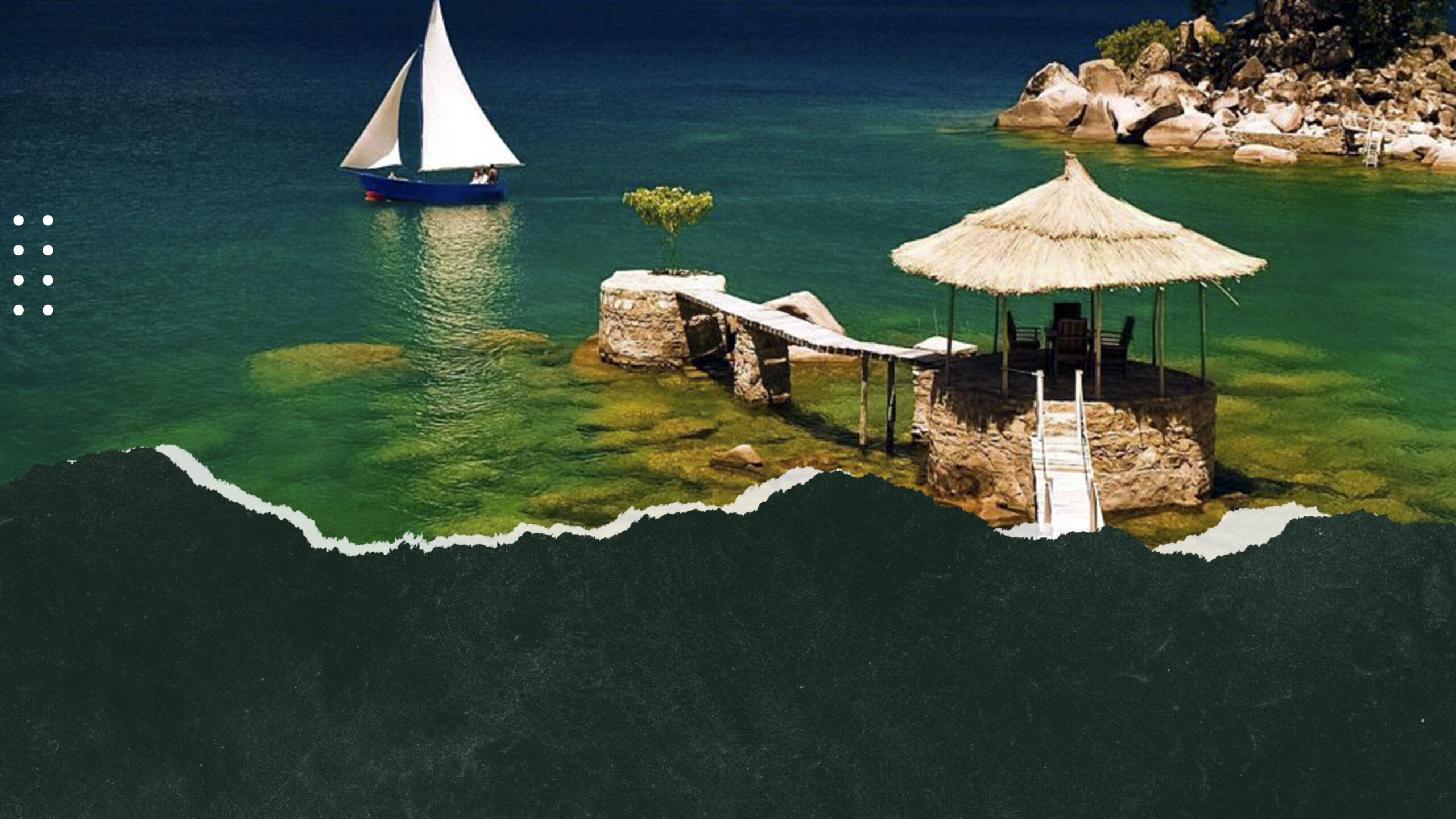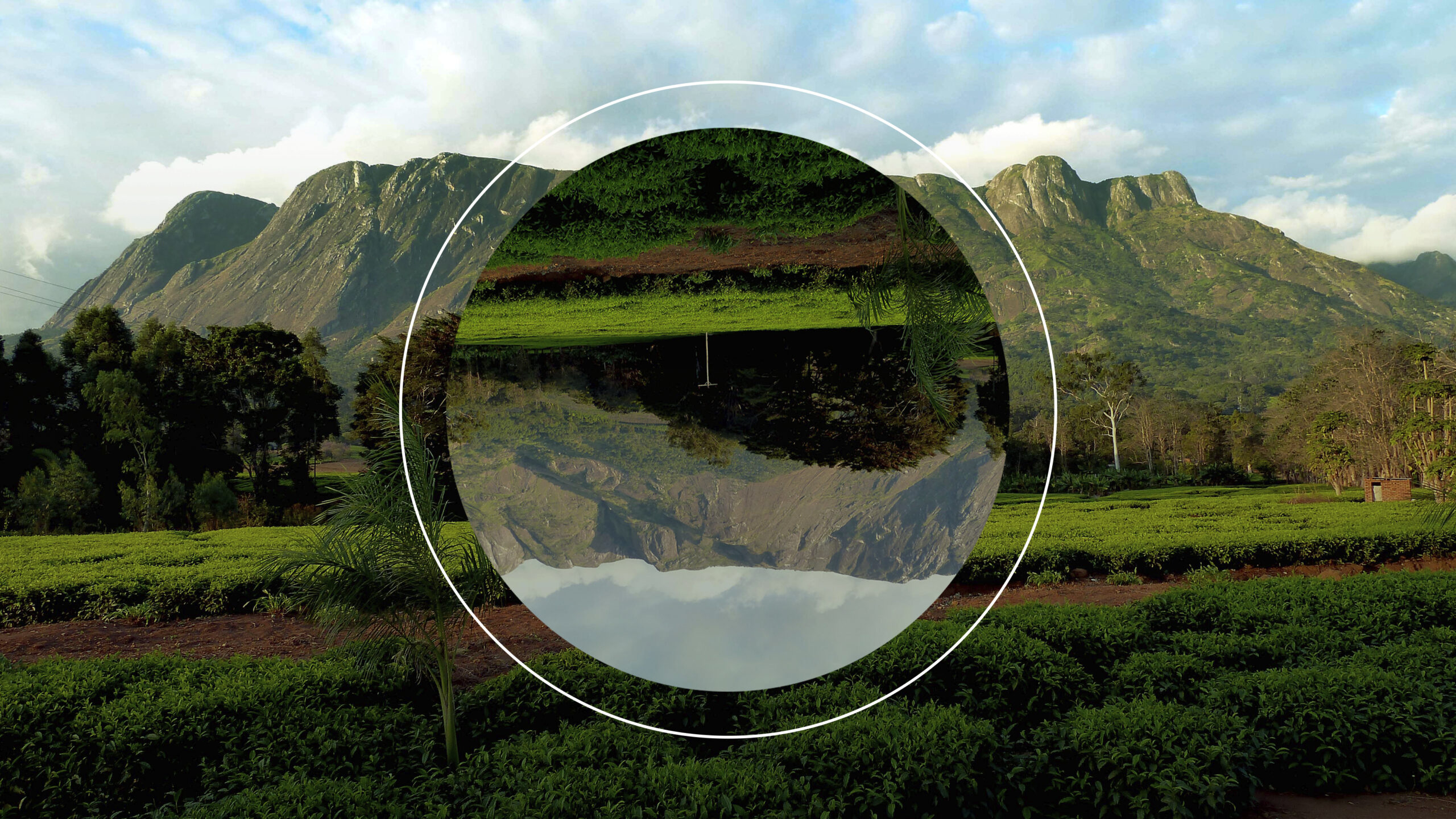DISTRICTS - SOUTH - MANGOCHI
- DISTRICTS
- NORTH – CHITIPA
- NORTH – KARONGA
- NORTH – LIKOMA
- NORTH – MZIMBA
- NORTH – MZUZU
- NORTH – NKHATA BAY
- NORTH – RUMPHI
- CENTRAL – DEDZA
- CENTRAL – DOWA
- CENTRAL – KASUNGU
- CENTRAL- LILONGWE
- CENTRAL-MCHINJI
- CENTRAL – NKHOTAKOTA
- CENTRAL – NTCHEU
- CENTRAL – NTCHISI
- CENTRAL – NTCHISI
- CENTRAL – SALIMA
- SOUTH – BALAKA
- SOUTH – BLANTYRE
- SOUTH – CHIKWAWA
- SOUTH – CHIRADZULA
- SOUTH – MACHINGA
- SOUTH – MANGOCHI
- SOUTH – MULANJE
- SOUTH – MWANZA
- SOUTH – NSANJE
- SOUTH – THYOLO
- SOUTH – PHOLOMBE
- SOUTH – ZOMBA
- SOUTH – NENO

Few travellers visit Mangochi, but it is among the more historic and characterful towns in Malawi, and worth the slight diversion from the M5 for its pretty riverside location, minor historical monuments and moderately interesting museum. A more popular attraction, starting about 10km north of Mangochi, is the row of resorts that line the southern Lake Malawi shore. Mangochi is the closest large town to Cape Maclear, with good banking and foreign-exchange facilities, and it also has a plethora of markets and supermarkets where travellers heading to the likes of Liwonde National Park can stock up.
About Mangochi
Originally called Fort Johnston, Mangochi is one of the oldest towns in Malawi, and sixth largest, with a population currently estimated at 55,000. The Old Town centre, set on the west bank of the Shire River as it flows between lakes Malawi and Malombe, has a tangible Islamic influence dating to the slaving era, and it’s faded whitewashed buildings and sticky tropical ambience recall some of the more rundown towns along the Swahili coast. Wide avenues lined with jacarandas, borassus palms and thick fruit trees testify to the Old Town’s former importance, as does the row of old colonial buildings and monuments lining the Shire waterfront. At first glance, the somewhat rundown condition of many of these buildings appears to indicate a more recent decline in fortunes. Like so many Malawian towns, however, Mangochi has two discreet parts, and any notion of economic torpor will be dispelled by a visit to the bustling modern commercial centre, situated 1.5km west of the Shire River between the bus station and the main road to Blantyre.
History
The short stretch of the Shire River that separates Lake Malawi from Lake Malombe is far easier to cross by boat than the vast lakes to its north and south, and as such it became an important route funnel for mid 19th century Ya slave caravans heading to the Mozambican coast. The original Fort Johnston (named after Sir Harry Johnston, the first British Consul General of Nyasaland) was established in 1891 on the east bank of the river to restrict the Yao slave trade by plugging in this gap. The Fort was relocated to the west bank of the river in 1897, and at the same a time a second British fort was designated as a township by the colonial authorities and it remained a river port and naval centre of some importance throughout the colonial era. Shortly after Malawi’s independence, the town was renamed Mangochi.
Accommodation
If you require any further details with regards to accommodation please email wawamalawi@africamail.com and we will happily recommend a place.
What to see in Mangochi
Mission Graves
Little remains today of the original Livingstonia Mission established at Cape Maclear by Lt E D Young on October 1875. The high incidence of malaria here led to the mission being relocated in 1881, and the settlement was abandoned entirely in 1896. However, the mission cemetery, now preserved as a national monument, can still be seen below the boulders about 1km from central Chembe and 300m uphill of the entrance gate to lake Malawi National Park.
Getting There and Away
Mangochi lies about 65km from Monkey Bay at the southern end of the M10 and 75km north of Liwonde along the M3. The Old town centre lies about 1km east of the main road between Monkey Bay and Liwonde and it can easily be bypassed if you so choose. Mangochi is an important public transport hub, and there is no shortage of bus and minibus transport to Monkey Bay, Lilongwe, Zomba and Blantyre.
Briggs, P. (2010). Mangochi. In: Briggs, P Malawi. 5th ed. Connecticut: Bradt. p141-143




